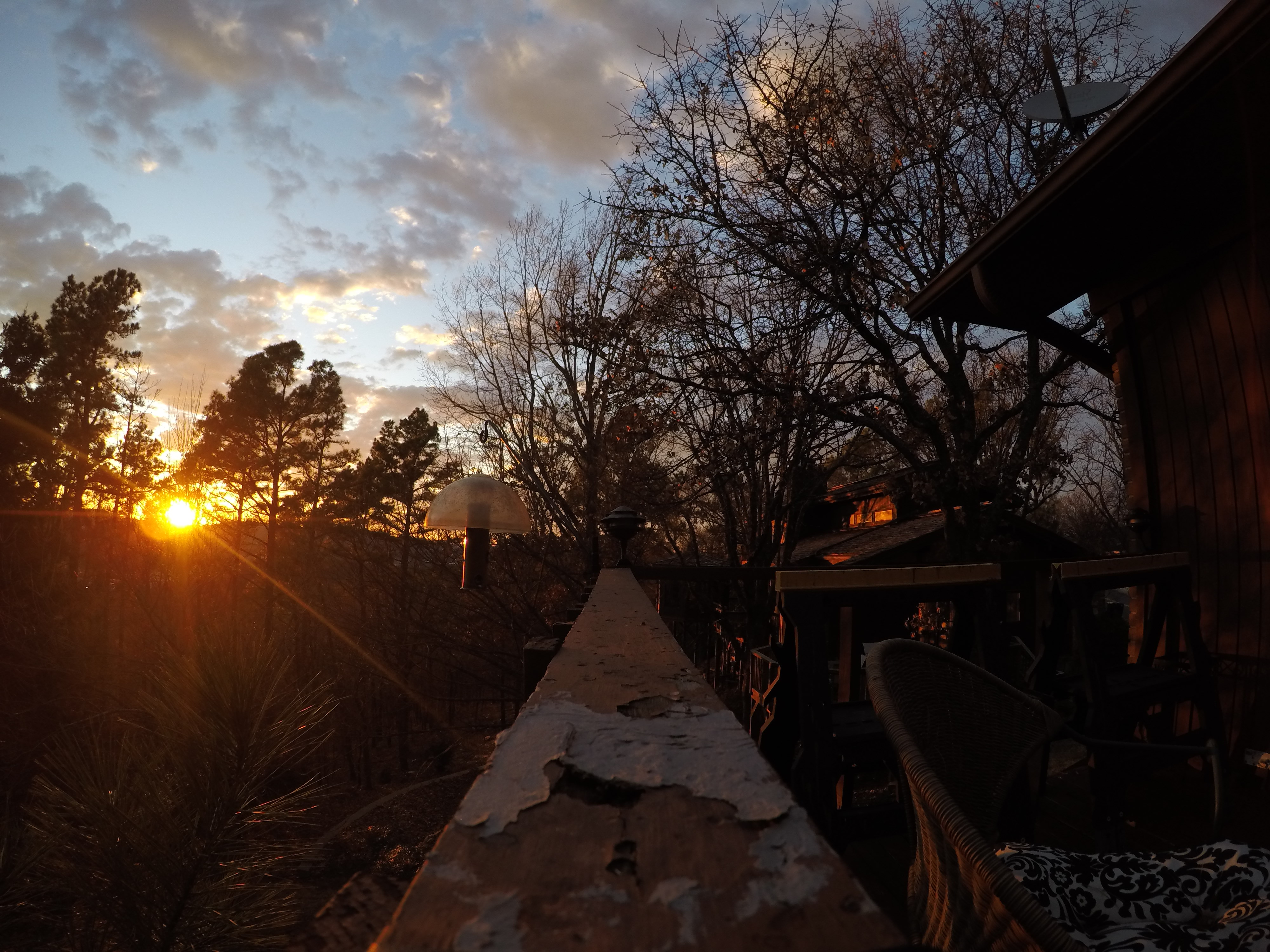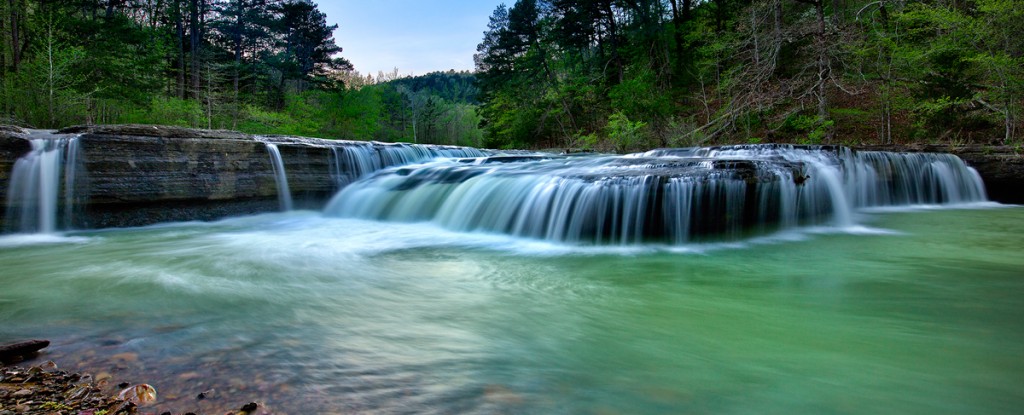Since I went ahead and upgraded my Gopro Hero 3 black to a Hero 4, I have been having much more success with time lapse in situations where there are extreme changes in lighting, like sunsets and sunrise conditions.
This is a quick video taken on the 20th of January where you can see the changes over about 45 minutes, from when the sun was just starting to hit the horizon to around 20 minutes after.
There is a bit of movement in this, due to my slightly moving the camera during one of the segments. I took this video in 8 different segments to allow more control over the sunset lighting. I have found that there is more control with the GoPro Hero4 with the Protune options, than with the much older GoPro Hero3. When I first started to use the GoPro Hero 3, I found that the sky would constantly overexpose, unless it was a very dark day. However if here was any sunlight on the clouds, that they tended to get blown out. Totally blown out, to pure white.
After watching hundreds of videos and time lapse sequences by others on Youtube, I realized that most photographers don’t seem to worry about over exposure on background elements, however in a sunset like this one, the clouds one of the key elements of the scene.
With the Hero 4, and Protune you have a lot more control as you now can set the iso (from 100 to 800), and there is an EV control, ranging from -2 to +2 stops. Both of these settings have come in very handy for me.
My main interest for the GoPro was in time lapse work and so far I am liking what I have been able to capture with the Hero 4. I am hoping to get out to one of my favorite landscape spots in the near future and setup for a longer series.
This series was taken in 5 second series. I used Premiere Pro to combine all of the various segments and then work on the shadows in the foreground. I was impressed with how well the GoPro 4 allowed for shadow recovery. You can see in the top photo just how dark the foreground was during the shoot, but in the video, I was able to capture quite a bit of extra detail, without a lot of noise.





Recent Comments